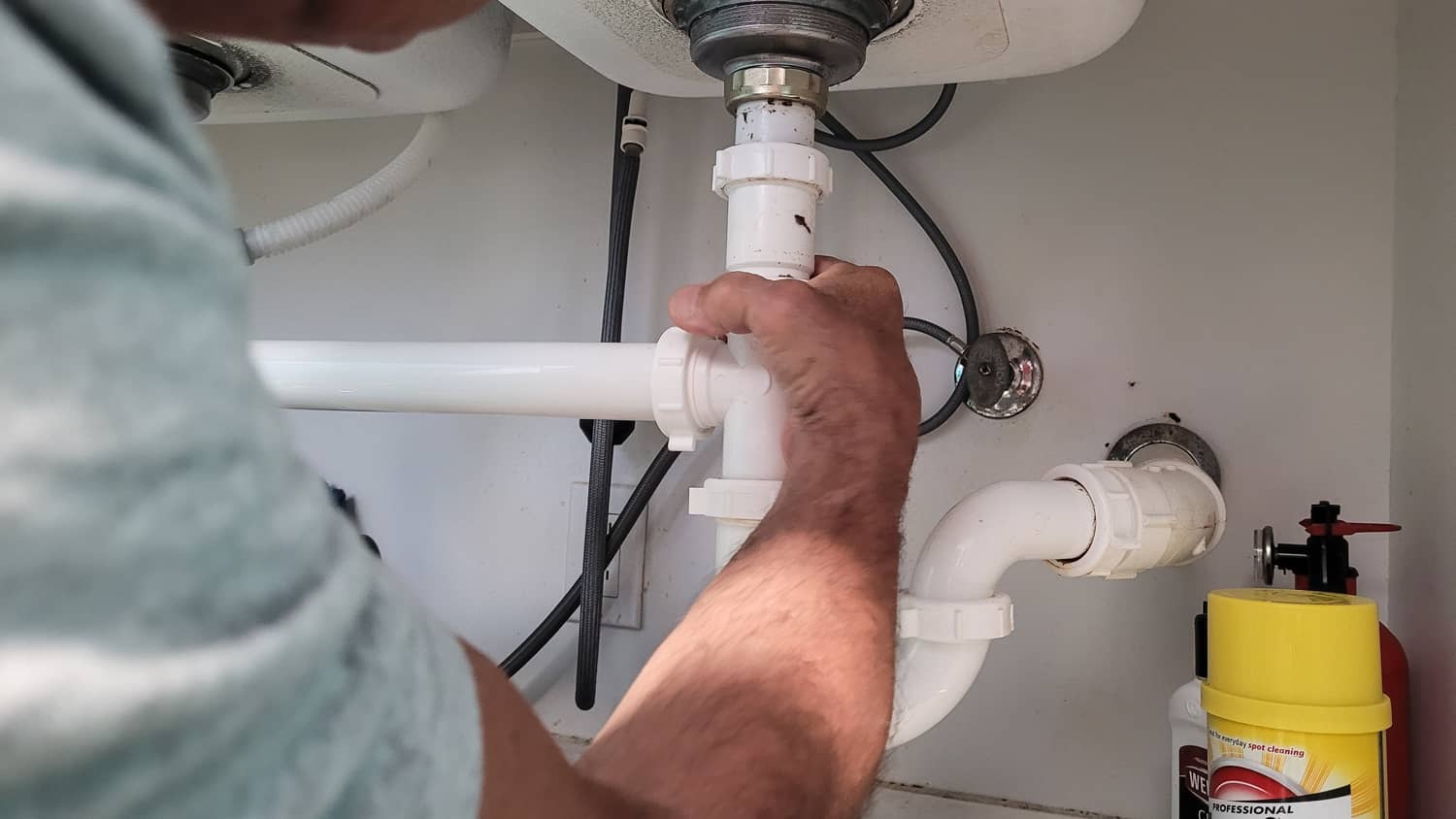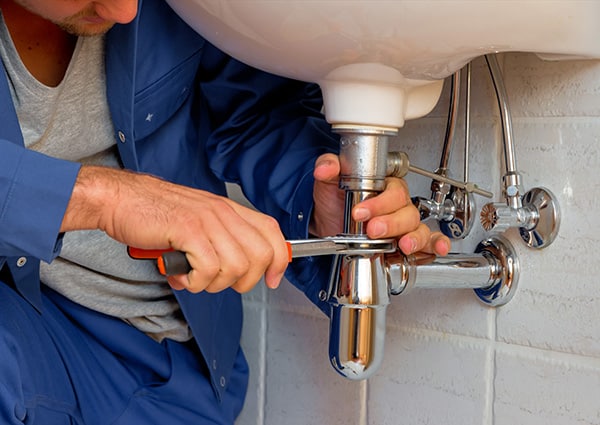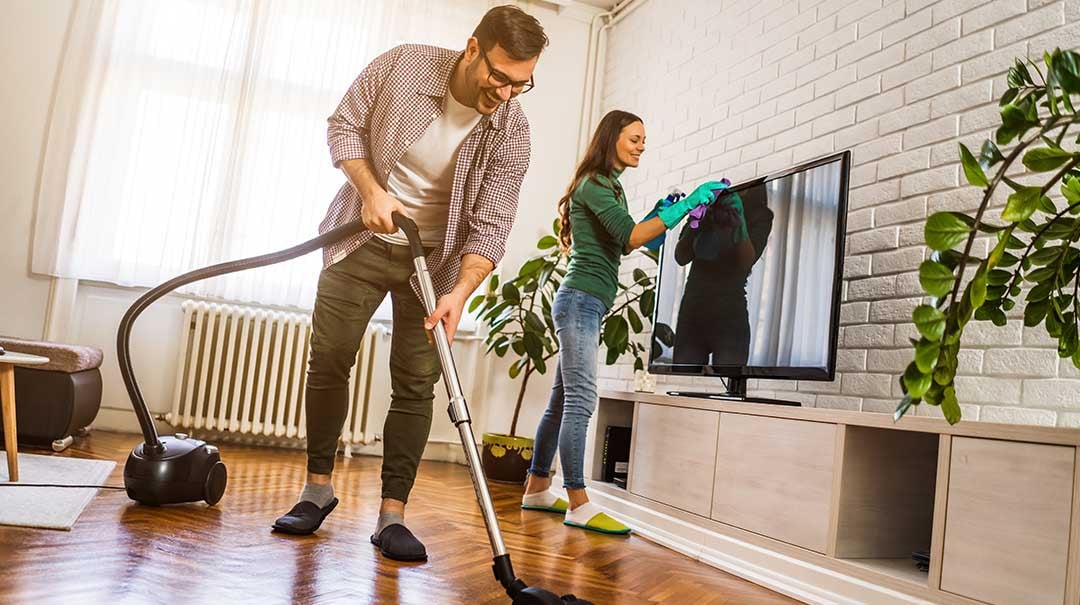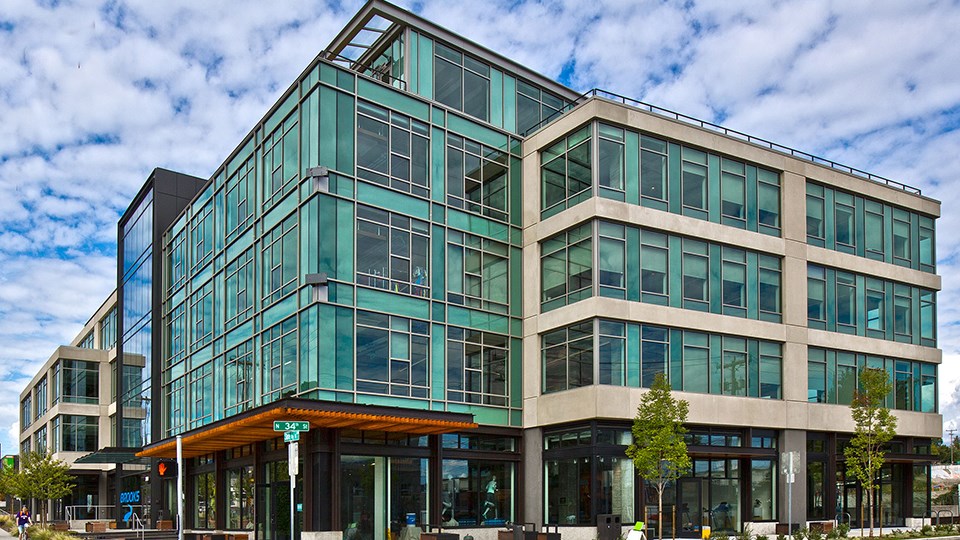When it comes to creating a functional and efficient kitchen, one of the most crucial elements is often overlooked: the plumbing design. Proper kitchen plumbing design tips are vital for ensuring that your kitchen is both aesthetically pleasing and highly functional. Whether you’re a homeowner embarking on a renovation project or a real estate developer planning a new build, understanding the fundamentals of kitchen plumbing can make a significant difference in your project’s success.

The Importance of Kitchen Plumbing Design
Before diving into the specifics, it’s essential to recognize why kitchen plumbing design tips are so important. A well-designed plumbing system ensures that water is efficiently delivered to your sinks, dishwashers, and refrigerators, while also ensuring wastewater is effectively drained away. This not only enhances the functionality of your kitchen but also prevents potential issues like leaks and blockages.
Key Elements of Kitchen Plumbing
1. Understanding Water Supply Lines
The first step in any kitchen plumbing design is to understand the water supply lines. These lines deliver water to your kitchen faucets, dishwasher, and refrigerator. It’s crucial to ensure that these lines are properly installed and maintained to prevent leaks and ensure a consistent water supply.
2. The Role of Drainage Systems
Equally important is the drainage system. This system ensures that wastewater is effectively removed from your kitchen. A well-designed drainage system will prevent clogs and backups, which can lead to unpleasant odors and potential water damage.
3. Importance of Venting in Plumbing
Venting is a critical aspect of kitchen plumbing that is often overlooked. Proper venting ensures that sewer gases are safely vented out of your home, preventing unpleasant odors and potential health hazards.
Planning Your Kitchen Plumbing Design
4. Assessing Your Kitchen Layout
Before you start your plumbing project, assess your kitchen layout. Determine where your sinks, dishwasher, and refrigerator will be located. This will help you plan the most efficient plumbing design for your space. For more detailed planning, you can refer to this guide on planning plumbing for new homes.
5. Choosing the Right Fixtures
Choosing the right fixtures is a crucial part of your kitchen plumbing design. Consider factors like water efficiency, style, and functionality when selecting faucets, sinks, and other plumbing fixtures. For tips on selecting faucets, visit Choosing Faucets.
6. Incorporating Energy Efficiency
Energy efficiency is an important consideration in modern kitchen design. Opt for fixtures and appliances that conserve water and energy, reducing your utility bills and environmental impact.
Common Challenges in Kitchen Plumbing
7. Dealing with Leaks
Leaks are a common issue in kitchen plumbing. Regularly inspect your plumbing system for signs of leaks, such as water stains or damp cabinets. Addressing leaks promptly can prevent more significant issues down the line.
8. Managing Clogs
Clogs can disrupt your kitchen’s functionality. To prevent clogs, avoid disposing of grease and large food particles down your sink. Additionally, consider installing a garbage disposal unit to help manage waste effectively.
9. Handling Water Pressure Issues
Water pressure problems can affect the performance of your kitchen appliances. If you experience low water pressure, check for clogs or leaks in your plumbing system. In some cases, you may need to adjust the water pressure regulator.
Working with Professionals
10. Hiring a Licensed Plumber
While some plumbing tasks can be handled as DIY projects, it’s often best to hire a licensed plumber for complex installations. A professional plumber can ensure that your plumbing system is properly installed and up to code.
11. Coordinating with Other Contractors
If you’re working on a larger renovation or construction project, coordinate with other contractors, such as electricians and carpenters, to ensure that your plumbing design integrates seamlessly with other elements of your kitchen.
Innovative Trends in Kitchen Plumbing
12. Smart Plumbing Solutions
Smart plumbing solutions are becoming increasingly popular in modern kitchens. These systems allow you to monitor and control your plumbing remotely, providing added convenience and efficiency.
13. Eco-Friendly Plumbing Options
Eco-friendly plumbing options, such as low-flow faucets and dual-flush toilets, are an excellent choice for environmentally conscious homeowners. These fixtures help conserve water and reduce your carbon footprint.

FAQs
What are the basic components of kitchen plumbing?
The basic components of kitchen plumbing include water supply lines, drainage systems, and venting. Proper installation and maintenance of these components are crucial for a functional kitchen.
How can I prevent clogs in my kitchen sink?
To prevent clogs, avoid disposing of grease and large food particles in your sink. Use a drain strainer to catch debris and consider installing a garbage disposal for effective waste management.
When should I hire a plumber for my kitchen renovation?
It’s advisable to hire a plumber when undertaking complex installations or when you encounter plumbing issues that require professional expertise. A licensed plumber can ensure the job is done correctly.
For more insights on plumbing design, visit This Old House.
For additional resources, check out Plumbing Requirements and DIY Plumbing.
This article contains affiliate links. We may earn a commission at no extra cost to you.




